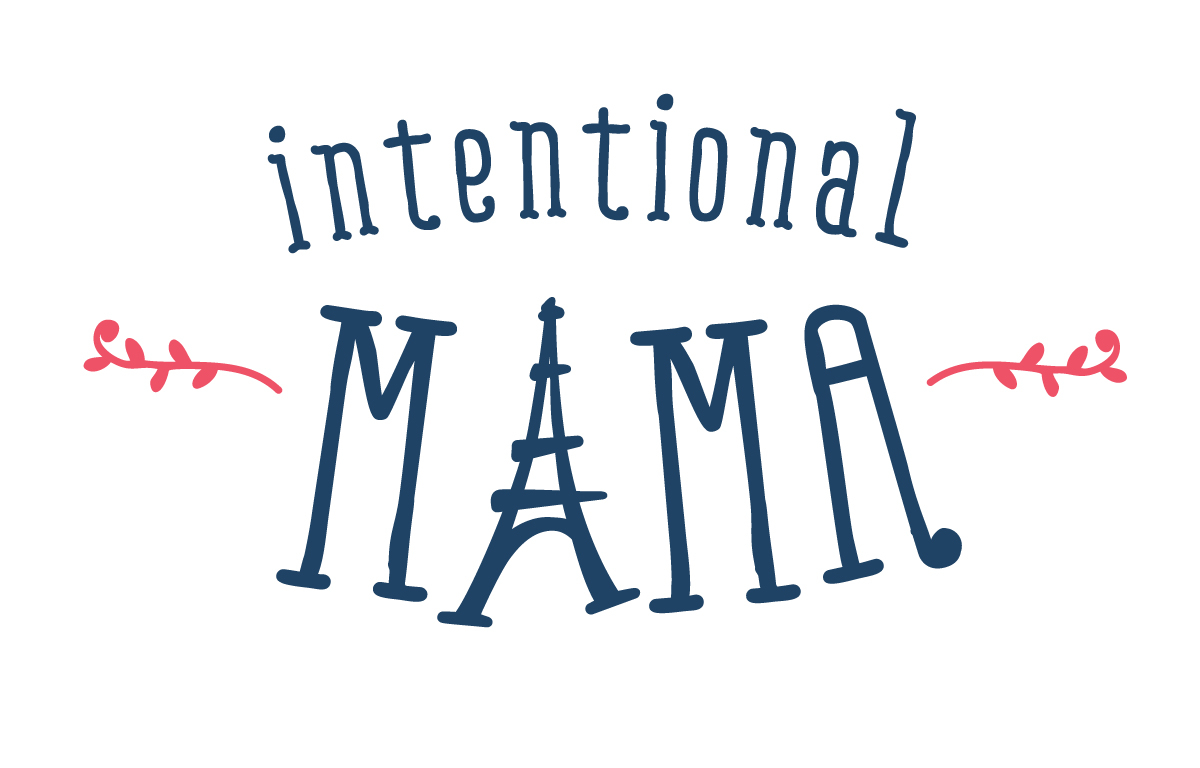Teaching Reading in French: Our Homeschooling Plan
My daughter looking at a French book she received on International Book Giving Day in February. Thanks to Annika at Journal of A Bilingual Family for setting up the book exchange!
My daughter is a witty five year old who adores books, so I think she's on the cusp of learning to read. But beyond our daily habit of reading together and occasionally reviewing alphabet sounds (in French and English), I haven't pushed her to learn to read (and my two-year-old son has several years before he reaches this milestone). Yet unless our family moves closer to one of the French immersion schools in Oregon, we'll most likely be homeschooling this fall.
I plan to continue to speak French with my children at all times and providing lots of French language educational materials. I do have some concerns, however: Will I be able to find enough educational material in French? (I'll be sure to share the French resources I find! You can subscribe to my posts to stay updated.) Will I be able to continue speaking French as they grow into more complex studies? (I'm not a native French speaker.) And will they ever reply to me in French? (Currently they reply in English with some French words thrown in.) I'll certainly do all I can to help them develop French fluency, even if it means enrolling them in a French immersion school later on.
But Why Homeschool (and Learn to Read) in French?
In Barbara Zurer Pearson's book Raising A Bilingual Child, she mentions that based on studies of dual language immersion schools, children's language acquisition really takes off for the language in which they are educated. (No surprises there.) By educating my children in French, I can help them develop a deep and broad fluency in French as well as English.
Reasons why I want my children to learn to read in French as well as in English:
- For the joy of it! Language is a delight, and being able to read in another language opens up another world of stories, information, and perspectives.
- Reading in both languages will strengthen their understanding of language structures--they'll gain a better understanding of variations in sentence structure and a richer vocabulary.
- Understanding written language structure can translate into stronger speaking skills and more precise self-expression.
- Reading in more than one language is a mental challenge and promotes focused attention.
Methods & Resources for Learning to Read in French (l'enseignement de la lecture):
French and English share the same alphabet (though French includes accents that can guide pronunciation (accent aigu, accent grave, tréma, accent circonflexe, and the cédille). For learning letters, sounds, and example words, Abécédaires like this one are a wonderful starting point.
For books that focus specifically on teaching French reading skills, the Méthode Boscher was a main resource in the 1950s that some French educators still favor today. It reminds me of a slightly modernized McGuffey Reader with sweet little color illustrations. It packs script recognition and counting practice onto each little page, but it definitely focuses on phonemes with almost no context to make the process interesting.
J'apprends à lire avec Sami et Julie is a modern French answer to phonetic exercises, with a larger, more organized format focusing on letter recognition and pronunciation activities along with color-coded lettering and sentences for reading practice.
If you're looking for printable, phonetic-based reading handouts with clear, step-by-step teaching methods, you'll like this post at Madame Belle Feuille because she shares exactly how she teaches reading in a first grade French immersion program. Her post includes printable word lists grouped by sounds and an English pronunciation guide to French sounds.
Our Action Plan:
While I truly appreciate the resources above, I think we'll lean more towards interest-driven reading acquisition activities (think unschooling mixed with a fair amount of direct instruction). Here's what I mean:
- I'll continue to provide a language-rich home: we'll have weekly library trips, attend story times, borrow books monthly from Les Petits Livres, subscribe to age-appropriate magazines, listen to stories on CD (often following along in print), and read aloud (lots!) together. I may also label household objects in French.
- We'll have fun with language elements: We'll play plenty of letter and word games (grâce à Pinterest!), do tactile activities like cutting out and arranging letters in play dough, and listen to rhymes, poems, and songs--there are so many wonderful ways to play with language! I may also purchase wooden letters and a few age-appropriate French workbooks like this one.
Note: I haven't mentioned writing yet, but we'll definitely include that too, though at an age-appropriate pace. That topic will be covered in a future post.
What do you think--are we on the right track? What is your experience with teaching reading? Which resources (French or English) do you recommend for learning to read?
This post contains Amazon affiliate links.






